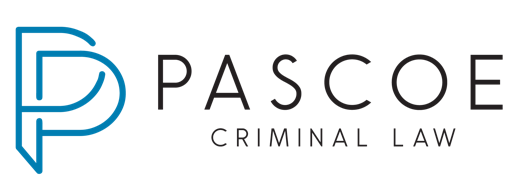The Offence of Trespass in Victoria, Australia
- Shaun Pascoe
- Aug 31, 2021
- 2 min read
Updated: Aug 9, 2023
The offence of Trespass is a summary offence and is frequently charged as an alternative offence to the more serious and indictable offence of burglary. This is because the two offence share common elements.
In this article we explain the elements, defences and penalties of the offence of Trespass in Victoria, Australia.
Table of Contents
The Elements of the Offence
To prove the offence of Trespass the prosecution must establish several elements.The offence of Trespass is prosecuted under 3 subsections of Section 9 (subsections (e), (f), and (g).
The elements of the offence are:
a person enters any private or Scheduled public place; and
enters without the express or implied authority of the owner or occupier; or
refuses to leave a private place or Scheduled public place after being warned to leave; and
does not have a legitimate purpose to enter or lawful purpose to remain.
The Penalty for Offence of Trespass in Victoria
The maximum penalty for Trespass under Section 9 of the Summary Offences Act 1966 (Vic) is 25 penalty units or imprisonment for 6 months.
Defences to Trespass
The defences to trespass are varied and include:
factual dispute (property not a private or a Scheduled public place)
identity (someone entered, but not the accused)
authority to enter (accused did enter but had either the express or implied permission to do so)
Sentencing Outcomes for Trespass
The offence of Trespass is a summary offence, and for this reason is predominantly heard and determined in the Magistrates' Court of Victoria.
As a guide only to the sentencing outcomes available for this offence, reference may be had to the Sentencing Advisory Council statistics for the period 1 July 2016 - 30 June 2019:
Imprisonment (39.2%)
Fine (11.8%)
See our case studies for a case involving Trespass.
Conclusion
Require Further Advice and or Representation for an allegation of Trespass?
If you are facing an allegation of Trespass, prompt legal advice is important. For an obligation free consultation contact us for a case assessment.
